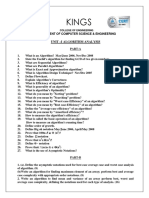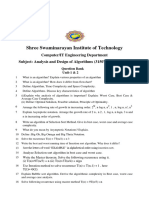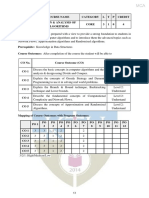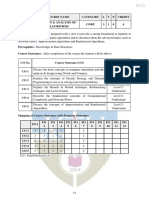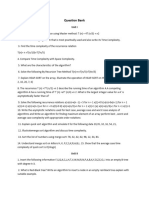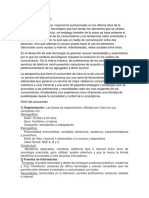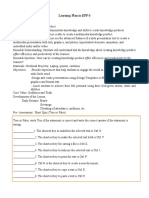0% found this document useful (0 votes)
24 views6 pagesCS3401 Algorithm Question Bank
The document outlines a comprehensive curriculum for a course on algorithms, covering topics such as algorithm analysis, graph algorithms, algorithm design techniques, state space search algorithms, and NP-completeness. Each unit includes theoretical concepts, practical algorithms, and problem-solving techniques, along with detailed questions for assessment. The course aims to provide a deep understanding of both fundamental and advanced algorithmic strategies.
Uploaded by
ajaysanthoshm345Copyright
© © All Rights Reserved
We take content rights seriously. If you suspect this is your content, claim it here.
Available Formats
Download as PDF, TXT or read online on Scribd
0% found this document useful (0 votes)
24 views6 pagesCS3401 Algorithm Question Bank
The document outlines a comprehensive curriculum for a course on algorithms, covering topics such as algorithm analysis, graph algorithms, algorithm design techniques, state space search algorithms, and NP-completeness. Each unit includes theoretical concepts, practical algorithms, and problem-solving techniques, along with detailed questions for assessment. The course aims to provide a deep understanding of both fundamental and advanced algorithmic strategies.
Uploaded by
ajaysanthoshm345Copyright
© © All Rights Reserved
We take content rights seriously. If you suspect this is your content, claim it here.
Available Formats
Download as PDF, TXT or read online on Scribd
/ 6


